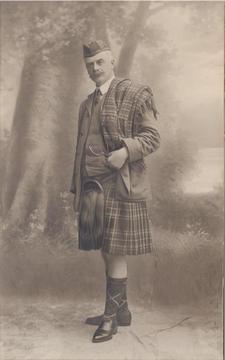Waverley History | 1800's - The Beginning
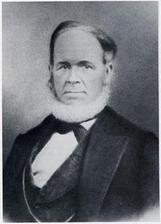 Henderson Luelling began his trip West in 1847, a journey that would take him and his family across the Great Plains and Rocky Mountains. Their wagon train contained several hundred fruit trees. They endured numerous hardships, but were driven by Luelling’s desire to grow fruit and nursery stock in Oregon. Lot Whitcomb, captain of the wagon train that brought them to Oregon, already owned the property along the Willamette River that is now the City of Milwaukie. In 1848, Henderson Luelling paid $500 to buy the land immediately north of the Whitcomb property from a Mr. Wilson. On February 5, the Luelling family moved onto what is now the Waverley Country Club property
Henderson Luelling began his trip West in 1847, a journey that would take him and his family across the Great Plains and Rocky Mountains. Their wagon train contained several hundred fruit trees. They endured numerous hardships, but were driven by Luelling’s desire to grow fruit and nursery stock in Oregon. Lot Whitcomb, captain of the wagon train that brought them to Oregon, already owned the property along the Willamette River that is now the City of Milwaukie. In 1848, Henderson Luelling paid $500 to buy the land immediately north of the Whitcomb property from a Mr. Wilson. On February 5, the Luelling family moved onto what is now the Waverley Country Club property
‘Two boxes that would fit into the bed of a large wagon were built and filled with compost of charcoal and earth, a combination that Henderson had found would hold water better than earth alone.’ Thomas C. McClintock wrote in the June 1967 edition of the Oregon Historical Quarterly. ‘In these boxes were planted about 700 grafted trees, including apple, pear, quince, plum, cherry, black walnut and shell-bark hickory nut, plus a few grape vines and gooseberry and currant bushes’.”
![]()
Waverly Golf Club, Portland, Oregon Joins USGA | The year was 1894 and the Amateur Golf Association of the United States, later to be known as the United States Golf Association, was formed. The association would be a national governing body to administrate championship tournaments, a written set of rules that would be universally recognized and caddy programs. The first five Charter Clubs were Newport Golf Club, St. Andrews Golf Club, Chicago Golf Club, Shinnecock Hills Golf Club and The Country Club of Brookline, Mass. Theodore Havemeyer of Newport Golf Club was elected as the first President. He also presented the first US Amateur Trophy which was presented at the inaugural US Amateur Championship, 1895. The current trophy still bears his name. Sliding into Northwest history, Waverly Golf Club (as we were known until 1912) was proudly on the heels of early golf in America. Several years ago our certificate was recovered from old files in our safe where it had been unceremoniously tucked amongst long forgotten paperwork. Pictured here is the original certificate of membership, signed and dated February 13, 1903 to the United States Golf Association. With the exception of folds, this otherwise mint condition certificate is a rare find to both Waverley’s history and that of the USGA history. When a member of the USGA committee saw our certificate he asked us if we would like to donate this very significant piece of history to their museum? We gave them a copy understanding the value of this historical piece of Waverley history for our own museum and club records.
1896
In April, Huggins and Bowley gathered with 23 other golf enthusiasts to form a club consisting of a level course of nine holes in the Portland’s Waverly-Richmond district. Waverly Golf Club was born. It became one of the oldest country clubs in the United States and the oldest continuously operated golf course west of the Mississippi River. The course layout was a task originally assumed by members. Later professional help was enlisted. Within two years they group had outgrown the modest course. Members, who paid a $1.00 entrance fee and $.25 monthly dues, decided to move the golf club to a better location.
![]()
Robert Livingstone
WAVERLEY’S FIRST PRESIDENT
Please click to view Past Board Presidents | 1896 - Present
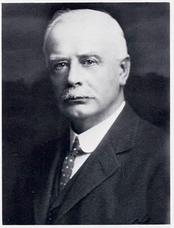
On a rain swept Saturday in April 1896, Waverley Country Club was founded at the office of Robert Livingstone, thus becoming one of the oldest country clubs in the United States and the second oldest regulation golf course West of the Mississippi. Robert Livingstone was duly elected Waverley’s first President at a meeting of the founding members. Those charter members included Robert Livingstone, Robert Miller, Walter Burns, William MacMaster, Herbert C. Cambell, W.J. Honeyman, William R. McKenzie, J.I. Dunlap, S. Graham Bowley, W.J. Curtis and Charles E. Swigert. As the “Oregonian” mentions, most of the first members of Waverley were old country Scots and English who had played golf before coming to the Northwest.
1897
WAVERLEY’S BLYTH TOURNAMENT
Please click to view Past Blyth Champions | 1897 - Present
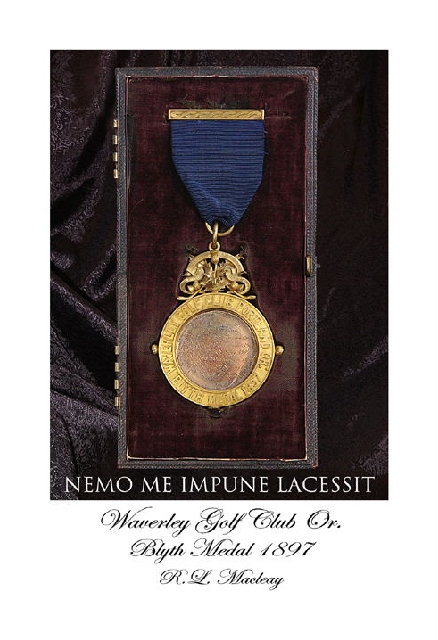
The Blyth Jacket
A highlight of the Blyth Tournament is the annual awarding of the green jacket to the new champion. This inevitably prompts comparison with the green jacket at Augusta National Golf Club. Augusta’s green jacket dates back to 1937. That year, members of the club wore green jackets during the tournament so that fans in attendance could easily identify them if they needed to ask questions. In 1949, Augusta members began the tradition of awarding the green jacket to the winner of the Masters Tournament. That year, Sam Snead won the Masters and became the first non-member to receive the green jacket. That tradition continues to today.
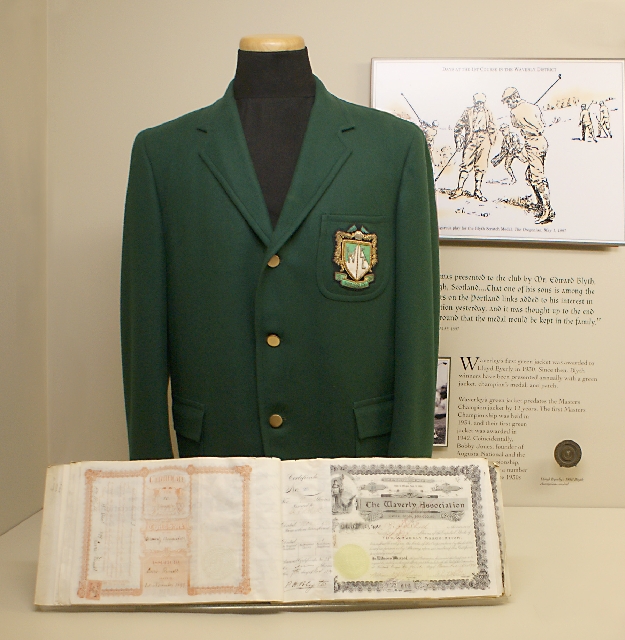
Waverley presented the first Blyth Champion’s green jacket in 1930. Interestingly, Bobby Jones was close friends with a number of Waverley members in the late 1920’s and visited Waverley on several occasions occasion to play with his friends including Sissy Green and E.E. “General” Johnson. Jones also spent a significant amount of time with Oscar “Doc” Willing and Don Moe as members of the 1930 Walker Cup Team. Following a lengthy voyage to England and after playing numerous practice rounds as a team, Captain Jones chose Waverley’s Doc Willing as his Walker Cup playing partner. Willing’s strong performance contributed significantly to the U.S. victory that year. Waverley member Don Moe traveled with Jones on every stop along the way to his historic Grand Slam and kept a wonderful journal of this journey. Portions of his journal can be read in the history display on Don Moe located in the Men’s Locker Room. On the day of Bobby Jones ticker-tape parade in New York, Don Moe was riding in the car behind Bobby Jones with Jones’ mother and father. Waverley’s History Committee has collected photographs of the Walker Cup team as well as photos of Jones with Chandler Egan and Lawson Little who were also close friends. Recently the Club discovered a book on the golf swing highlighting Mr. Jones and Waverley member Frank Dolp. It is suspected Jones may have got the idea for the Augusta jacket from his longtime association with Waverley and his friends who were members.
1898
Waverly Golf Club was relocated along the East bank of the Willamette River, between Sellwood and Milwaukie, on what was formerly the Luelling orchard. This orchard was the site of the earliest grafted fruit orchard west of the Mississippi River. At that time the course went by two names, the “Riverside Links” or the “Portland Golf Club”. Articles appearing in The Oregonian newspaper referred to it simply as “The Links”. At first, nine holes were designed. Soon thereafter it was expanded to eighteen.
A clubhouse, rare for golf courses at the time, was erected and included one of the first Pro Shops in the United States. This modest facility was located about 35 feet south of Ochoco Street between 10th and 11th streets near what today is the north edge of the property. The practice putting green was located where the 15th green is today. By 1902, the clubhouse added a dancehall, lounge and grill and a women’s locker room on the second floor. This early clubhouse made it possible for the growing membership to hold social events, such as dinner dances, holiday parties, teas and luncheons for members and their guests.
